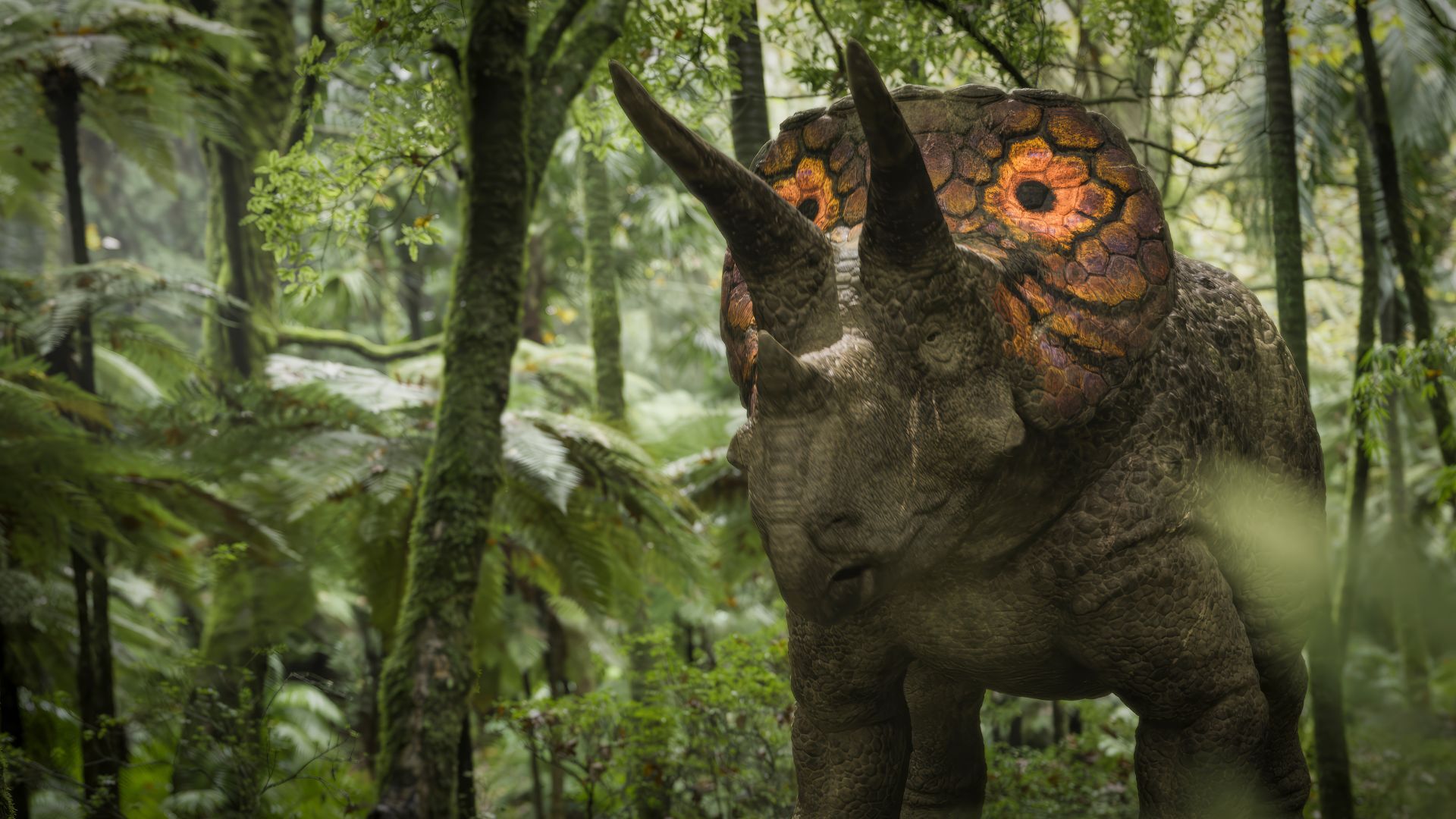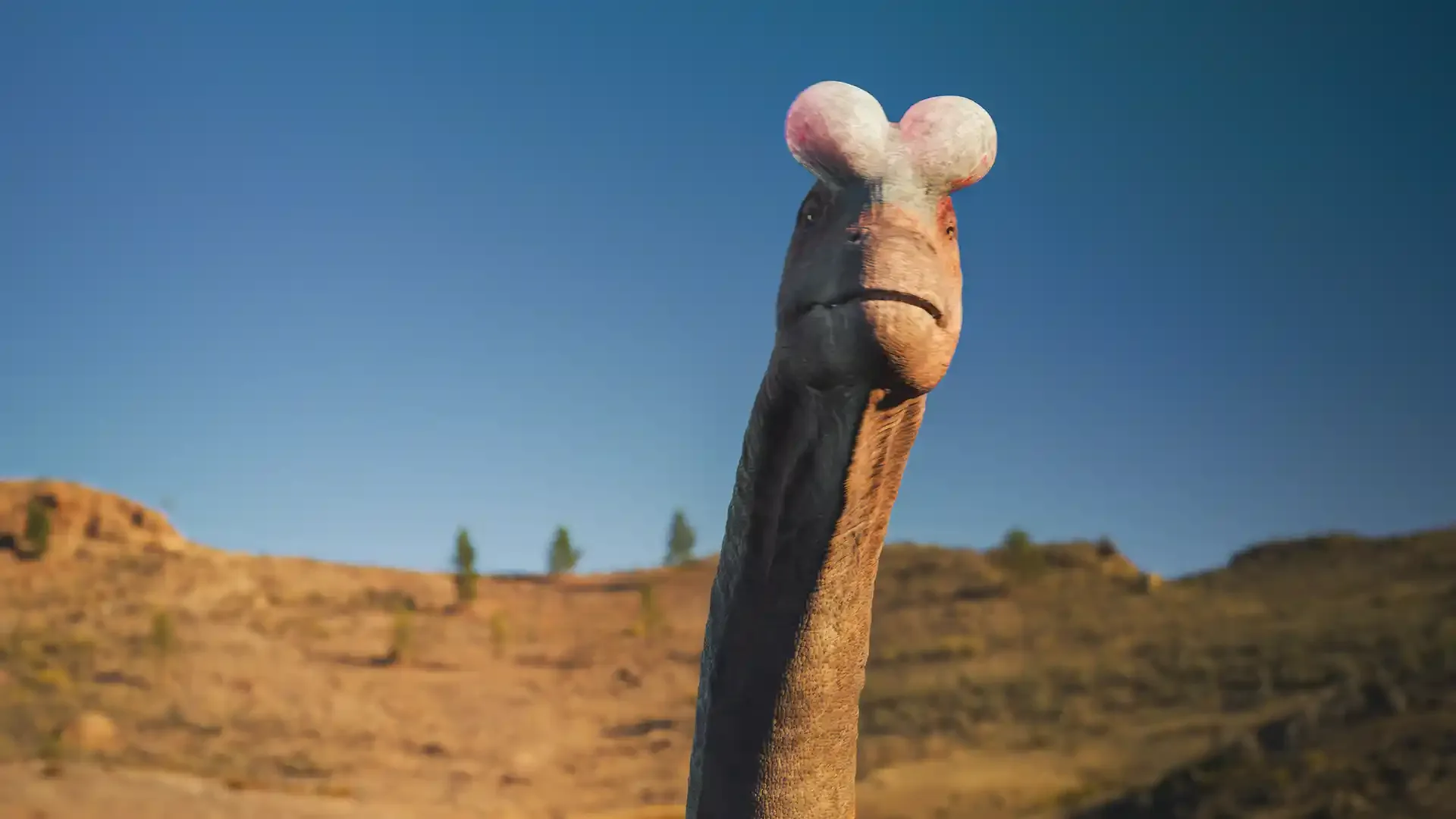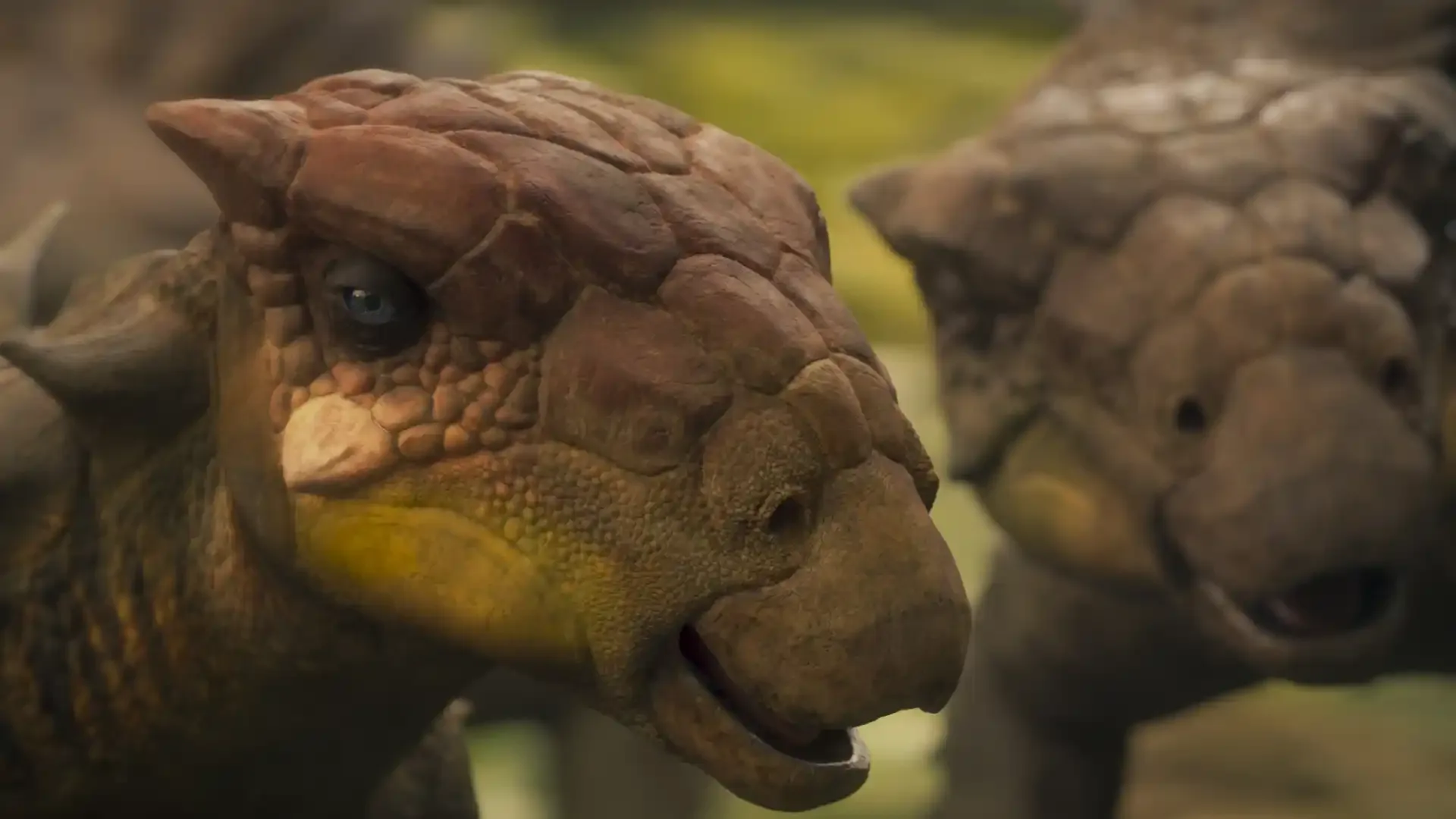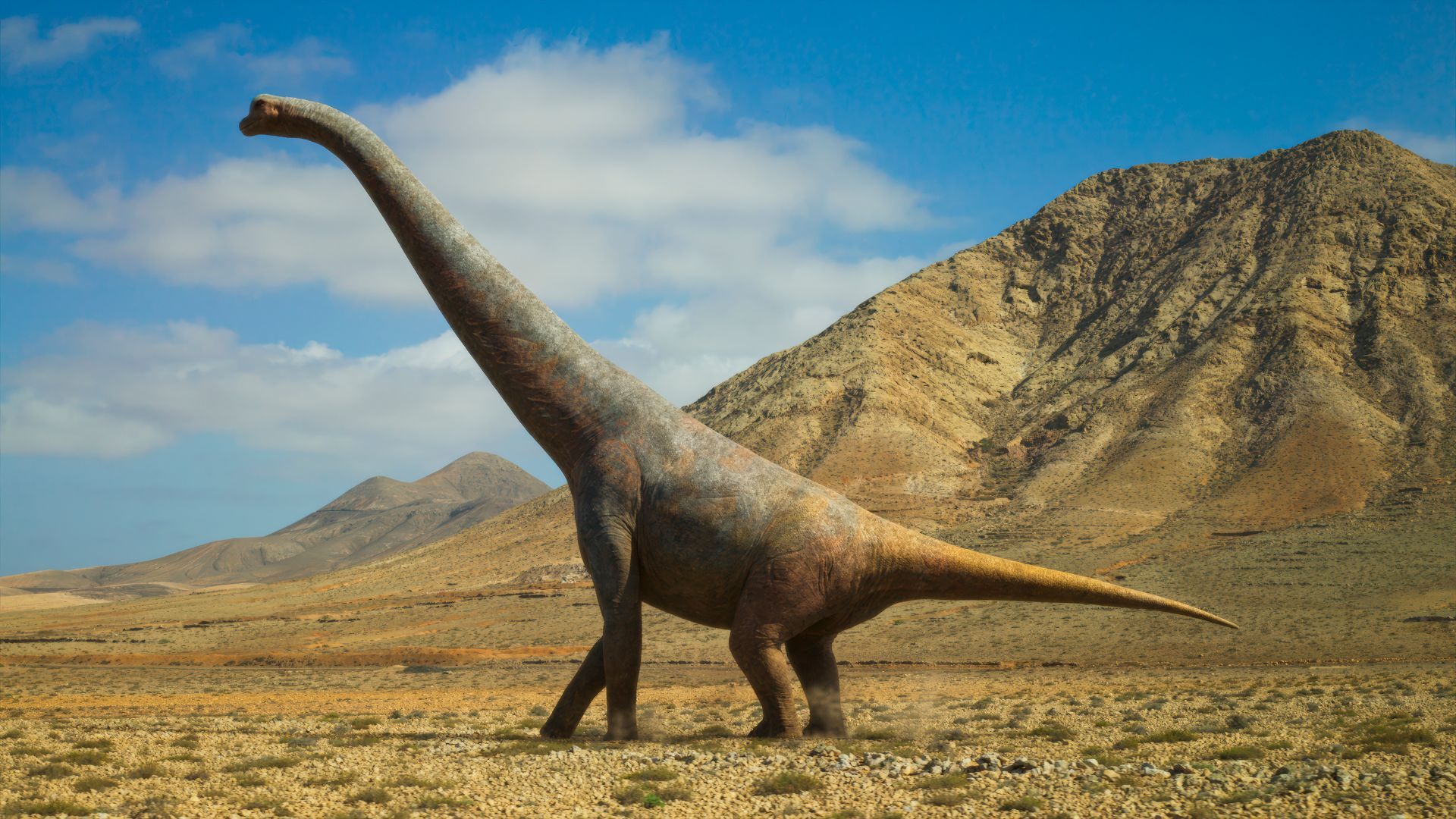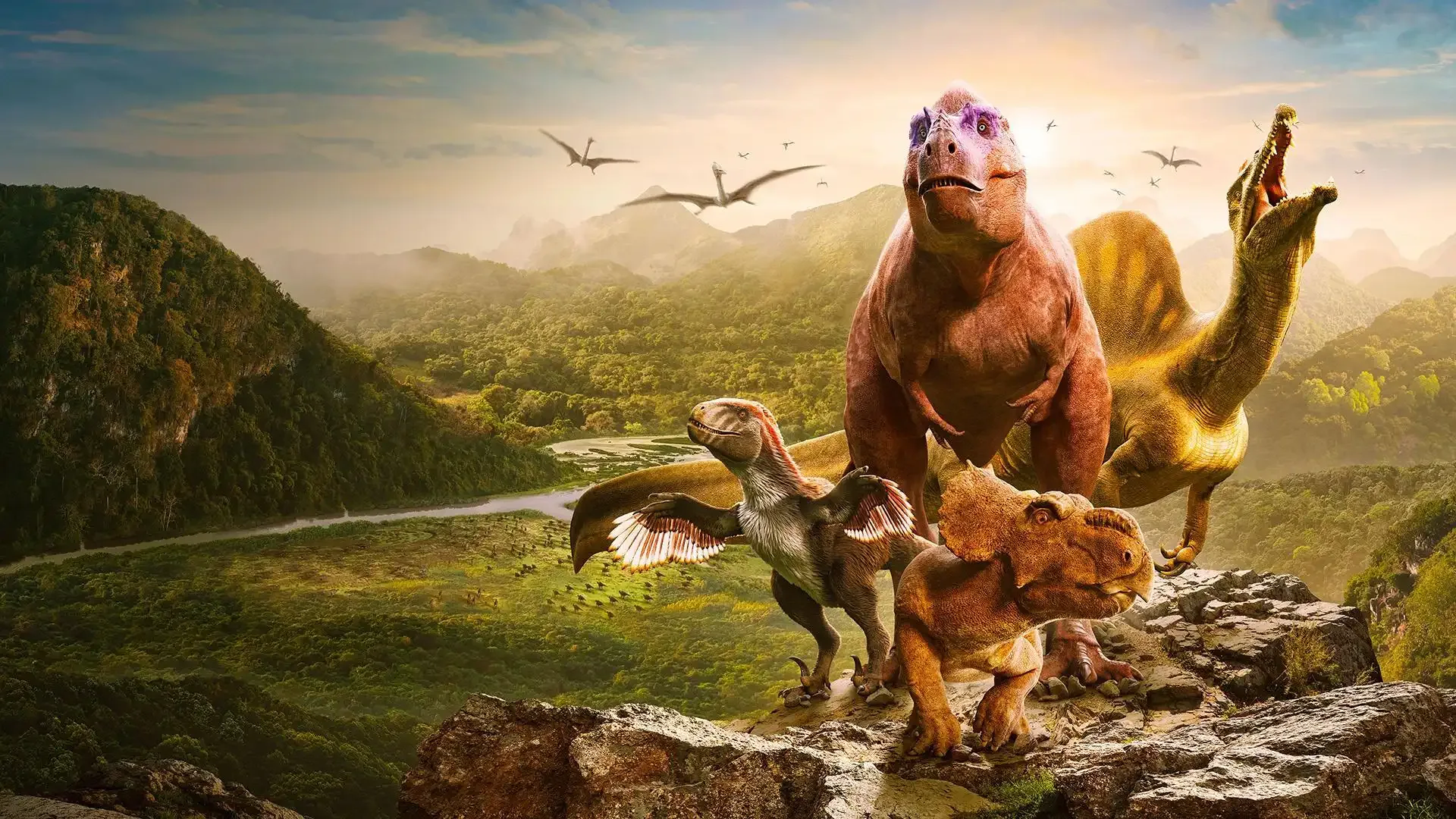After millions of years, six incredible dinosaurs are coming back to life. In “Walking with Dinosaurs” on PBS, paleontologists discover the lives behind the fossils, using the latest scientific methods to uncover stories of survival, triumph, family and even romance. Get the stats on your favorite giants to see how they stack up on this prehistoric stage.
About Gastonia
You might think Gastonia, possibly the spikiest dinosaur ever known, was too prickly for pals — but unlike most other armored dinos, this species was social. That was good news for everyone except adolescent males, who were pushed out of the herd to survive the prehistoric playground without help from the family.
- Period: Cretaceous (125 million years ago)
- Location: Utah
- Diet: Herbivore
- Behavior: Social; males pushed out of herd at adolescence
- Threats: Utahraptor

How Big Was Gastonia?
Gastonia was shorter than the average human. With its head so close to the ground, it was likely eating low-lying plants such as ferns.
Support your local PBS station in our mission to inspire, enrich, and educate.
Highlights
Long before the first cowboy gangs, Gastonia herds roamed what is now the American West. Although this species was one of the most heavily armored in history, it took time to build that kind of strength — so the whole family worked together to protect soft-armored youngsters. They formed defensive rings around their little ones just like many modern herd animals, guarding against predators such as the Utahraptor, an even more vicious cousin of the Velociraptor.
But as it turns out, family love wasn’t unconditional for Gastonia. Adolescent males were pushed out of the herd and forced to survive alone. However, paleontologists have discovered fossils from multiple adolescent individuals in the same place, suggesting that juveniles might have banded together to increase their chances of survival.
As young Gastonia grew up, they snacked on clay-rich soil that provided them with healthy minerals. This was the secret to strengthening that powerful armor made up of individual bones, called osteoderms, and covered in thick scales. With a top speed of just 5 miles per hour, Gastonia had to rely on this armor and a spiked tail to survive against Utahraptors.
Fun Facts about Gastonia
- Gastonia’s spikes may have been over 25% larger than fossils suggest. That’s because of a sheath of keratin, the same stuff that makes up your hair and fingernails!
- Although it most closely resembles small armored mammals like armadillos, Gastonia is 30 times the size of these modern critters.

The best of PBS, straight to your inbox.
Be the first to know about what to watch, exclusive previews, and updates from PBS.
Walking with Dinosaurs
Explore More from Walking with Dinosaurs
